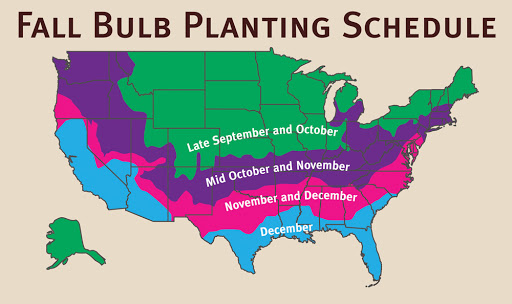Over 100,000 daffodil bulbs have been planted in the City of White Plains since 2014 when White Plains Beautification Foundation started The Daffodil Project. With the expertise of Walter & Chris Ruigrok from A.D.R. Bulbs our public spaces have dazzled with daffodils. A.D.R. offers a wonderful range of choices and excellent quality bulbs at competitive pricing, and supported by excellent customer service. WPBF values its long-standing relationship with A.D.R. Bulbs.
Joanna Daddario
, White Plains Beautification Foundation
« Previous Plant | Next Plant »
Ranunculus Tecolote 'Picotee Mixture'
Persian Buttercup
Ranunculus 'Tecolote Picotee Mix' dazzles with multi-layered blooms in a kaleidoscope of colors, each petal edged with a contrasting hue that deepens in tone. From creamy white with rosy pink margins to golden yellow brushed with fiery red, every flower is a unique work of art. The intricate picotee effect creates a luminous, hand-painted look, making this variety a standout in gardens and floral arrangements alike.
These fall-planted Persian buttercups thrive in full sun and well-drained soil, producing sturdy 12–24 inch stems perfect for cutting. Each 4–5 inch bloom unfolds in early spring, offering a long-lasting display of breathtaking color and delicate texture. Whether showcased in bouquets, mass plantings, or mixed borders.
Recommended Substitutes for Ranunculus Tecolote 'Picotee Mixture'
Ranunculus Calculator
When should I plant Ranunculus Tecolote 'Picotee Mixture'?

Growing and Maintenance Tips for Ranunculus Tecolote 'Picotee Mixture'
Planting: In USDA zones 8–10, plant tubers in fall for early spring blooms. In colder zones (3–7), fall planting is only recommended with frost protection—otherwise, store tubers in a cool, dry place and plant in late winter or early spring. Soak tubers in room-temperature water for 1 to 3 hours before planting. Plant claw-side down, 2 to 3 inches deep.
Spacing: Space 4 to 6 inches apart. For dense displays, aim for 50–75 tubers per square meter.
Light: Full sun is essential—at least 6 hours daily. Choose a sheltered spot with good air circulation.
Soil: Fertile, well-drained soil with a pH of 6.0–7.0. Amend with compost or leaf mold to improve structure.
Watering: Water after planting and keep soil lightly moist during active growth. Avoid soggy conditions—ranunculus tubers are prone to rot.
Temperature & Protection: Hardy to about 25°F (–4°C). In zones 8–10, mulch after planting to buffer against cold snaps. In zones 7 and below, use frost cloths or grow in containers that can be moved indoors.
Fertilization: Feed every 2–3 weeks with a high-potash fertilizer once growth begins. Liquid seaweed is a great organic option.
Pruning: Deadhead regularly to encourage more blooms. After flowering, allow foliage to die back naturally.
Pest & Disease: Watch for aphids, slugs, and powdery mildew. Good airflow and hand-picking pests help prevent issues.
Plant Characteristics
Additional Information
| Height | 24 Inches |
| Spread | 6-8 Inches |
| Spacing | 6 Inches |
| Hardiness Zone | 8-11 |
| Color |
Multi-Color |






Check back soon for additional details.